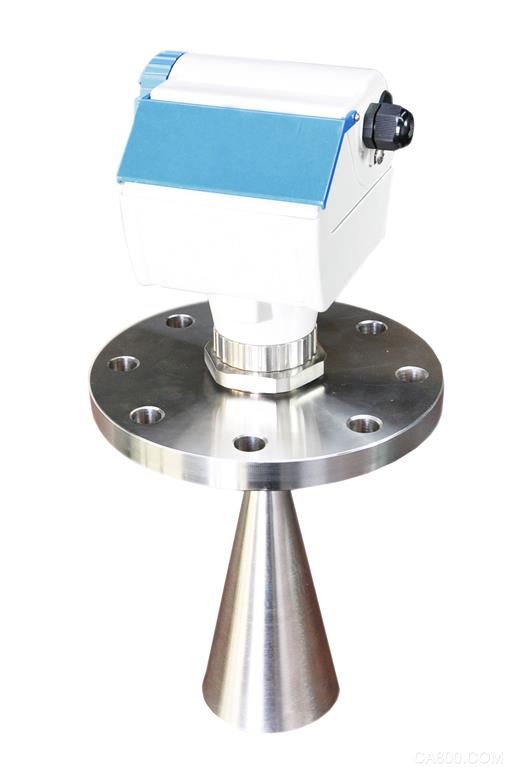The radar level gauge is one of the essential non-contact measurement devices used in industrial production. When we hear the word "radar," it's often associated with everyday technology, such as car reverse sensors that use radar to detect nearby objects. But have you ever wondered if there’s a connection between radar level gauges and car radars? If so, what exactly is that link?
To begin with, let’s clarify what “radar waves†are. Radar operates within specific frequency bands, which refer to the range of electromagnetic waves transmitted by the system. Most radar systems work in the ultra-shortwave and microwave ranges, typically between 30 MHz and 300 GHz. These include VHF, UHF, SHF, and EHF bands. Car radars, on the other hand, can be based on different technologies—such as ultrasonic, laser, or microwave radars—each serving different purposes like obstacle detection, collision prediction, or adaptive cruise control. They also operate using various principles, including pulse radar, FMCW (Frequency Modulated Continuous Wave) radar, and microwave Doppler radar.

While both car radars and radar level gauges use radar technology, their applications and frequencies differ significantly. A radar level gauge is designed for continuous level measurement in industrial environments, unlike car radars that are primarily used for short-range detection. In industrial settings, radar level gauges monitor material levels in storage tanks in real time, ensuring accurate tracking of materials and maintaining process balance. These devices are ideal for harsh conditions, such as dusty environments, high temperatures, pressure fluctuations, or the presence of steam and inert gases. They are safe for both operators and the environment, and they don’t require on-site calibration since they are unaffected by changes in the medium’s density or dielectric constant.
This makes radar level gauges a reliable and cost-effective solution for many industries. Their high-frequency operation sets them apart from typical car radars, which usually operate at lower frequencies, such as 40 kHz or 58 kHz. In contrast, radar level gauges often function at frequencies ranging from 5.8 GHz to 10 GHz, offering greater precision and reliability in challenging environments.
In summary, while both car radars and radar level gauges rely on radar waves, their design, application, and frequency ranges are tailored to meet different needs. If you're interested in learning more about level measurement instruments—like level switches, magnetic flap level gauges, or other related technologies—feel free to follow our WeChat official account: Jiweimeter. (This article is sourced from: [source], please credit accordingly.)
Commercial Energy Storage System
Outdoor energy storage system 200KWh,Photovoltaic Energy Storage System,power storage system,LiFePO4 Energy Storage,smart energy storage,Reliable energy storage system
EMoreShare International Trade (Suzhou) Co., Ltd , https://www.emoreshare.com